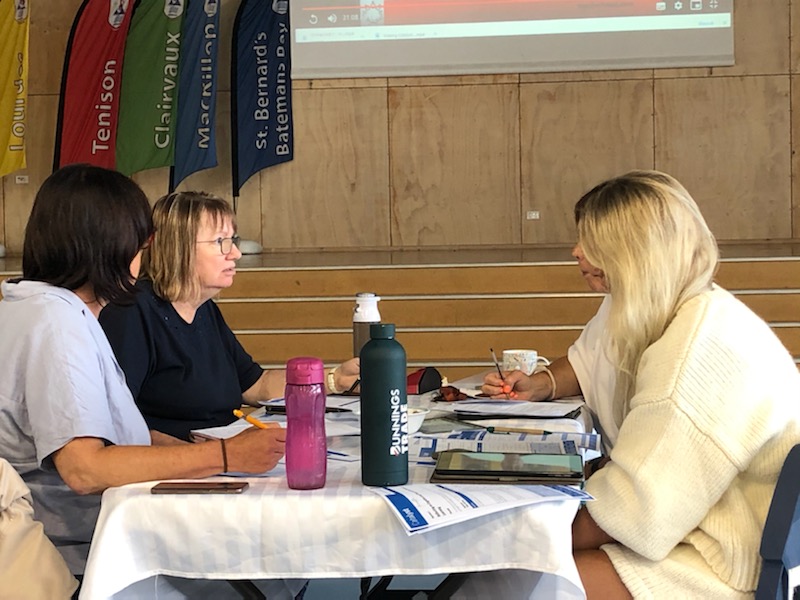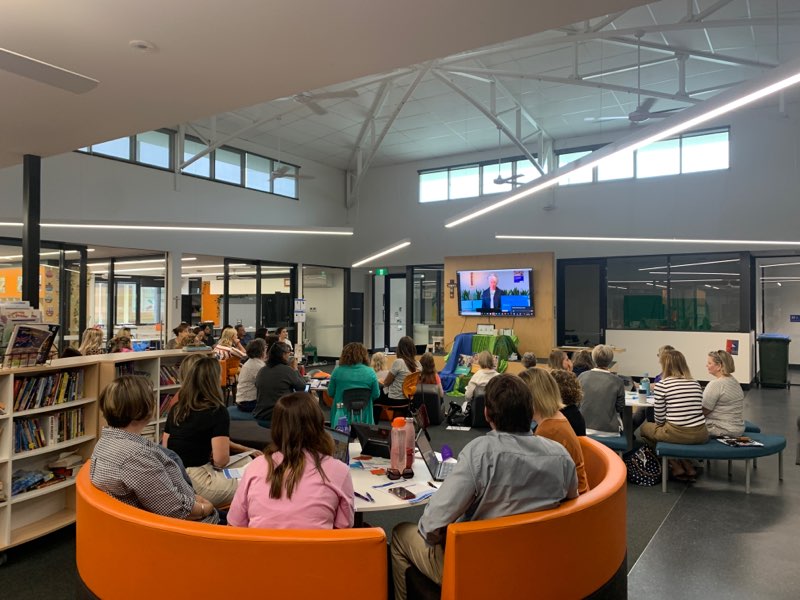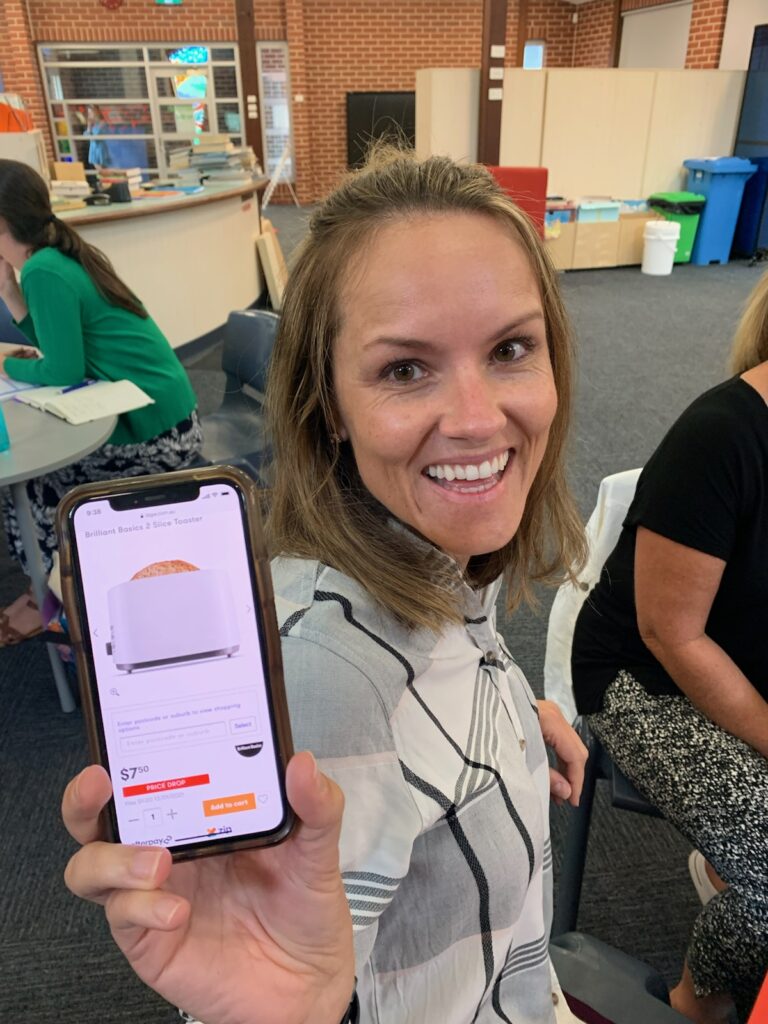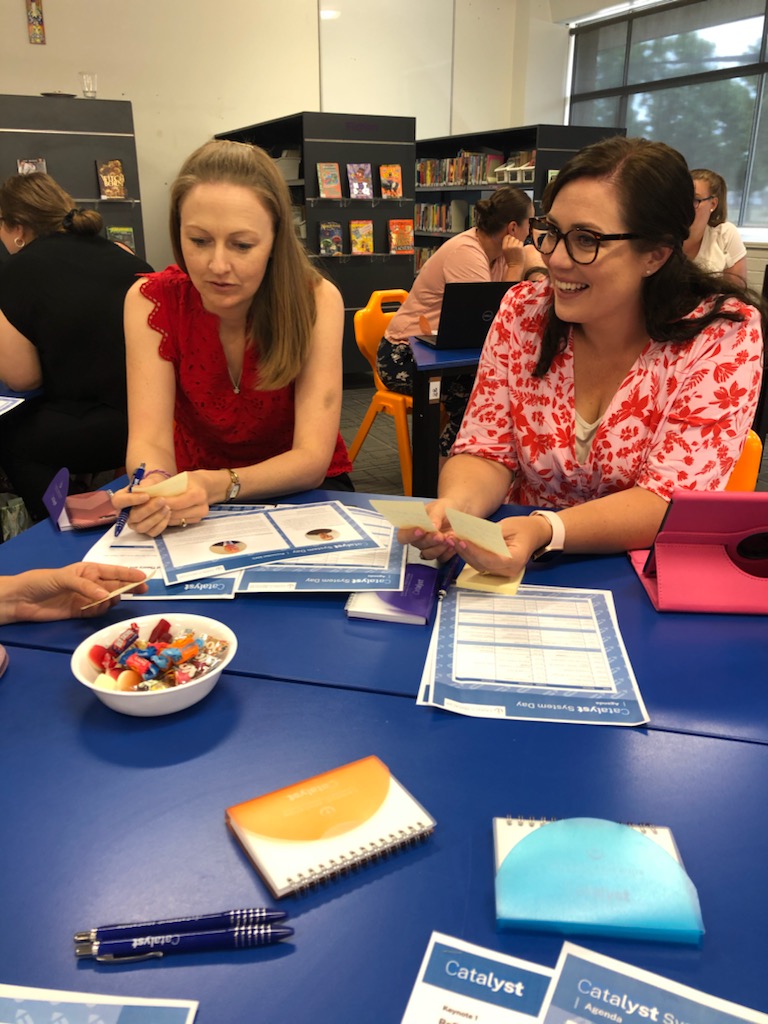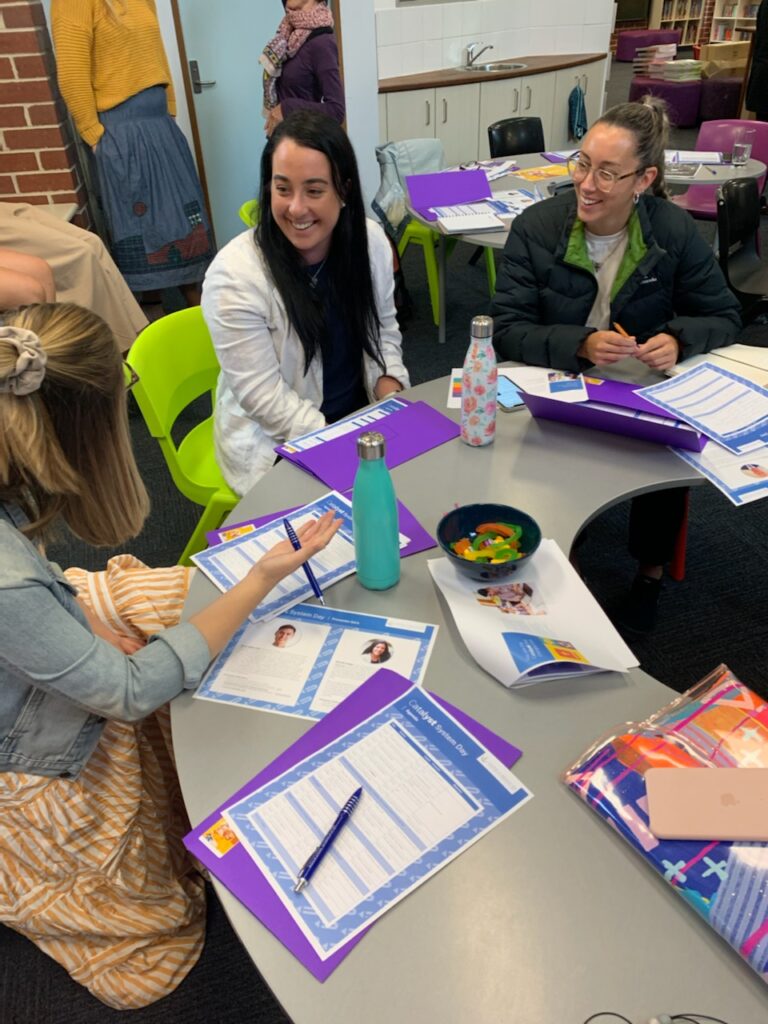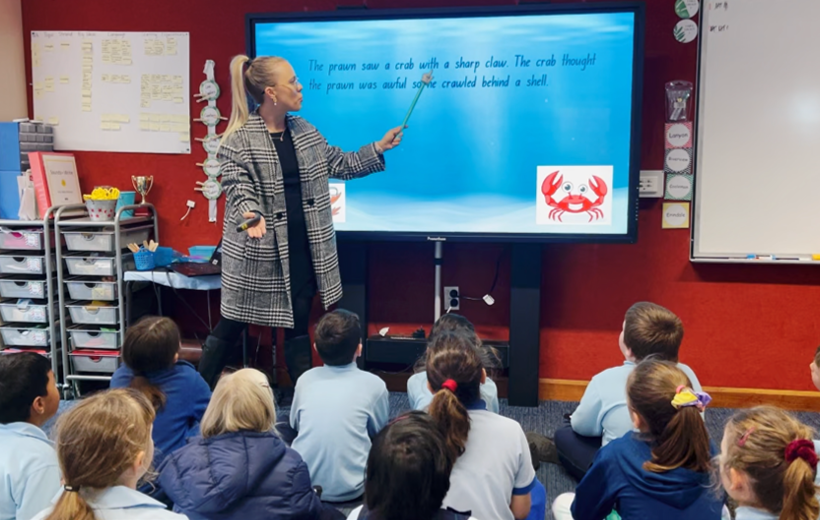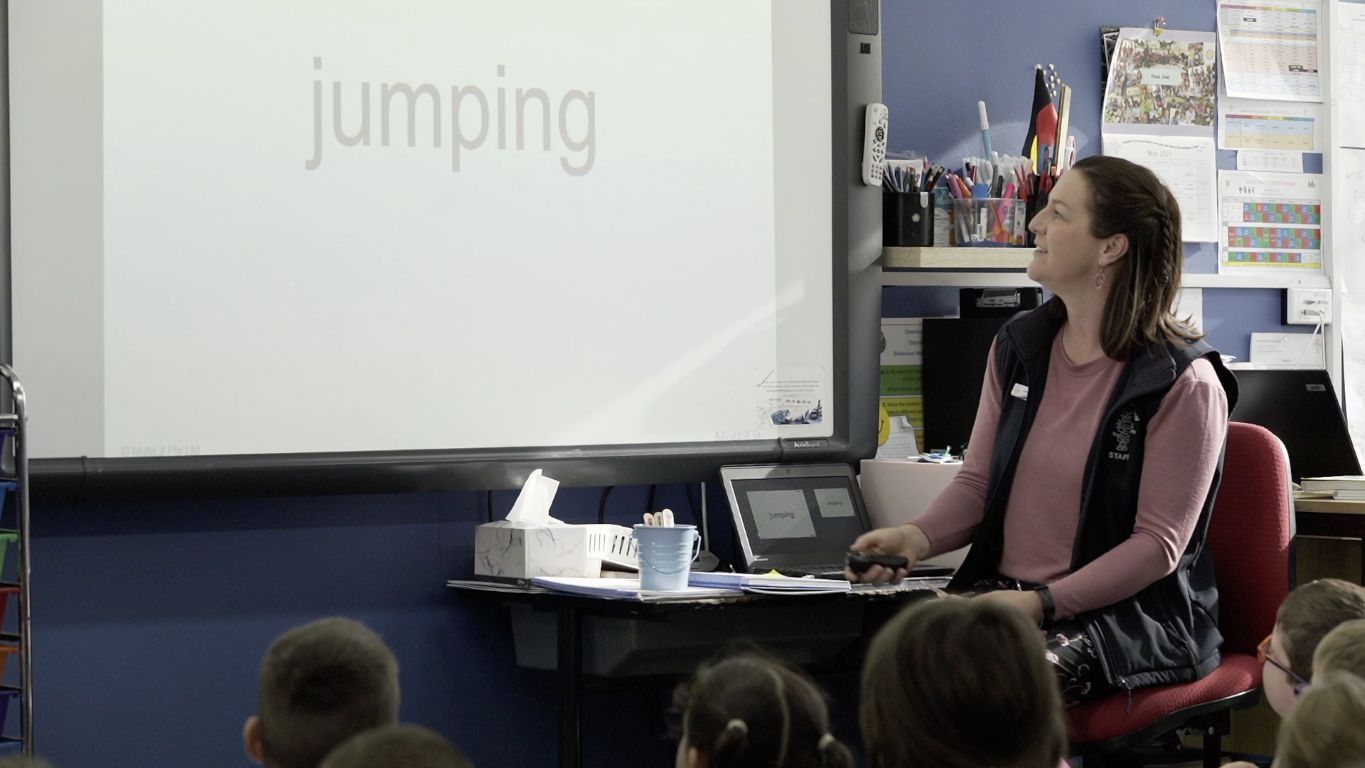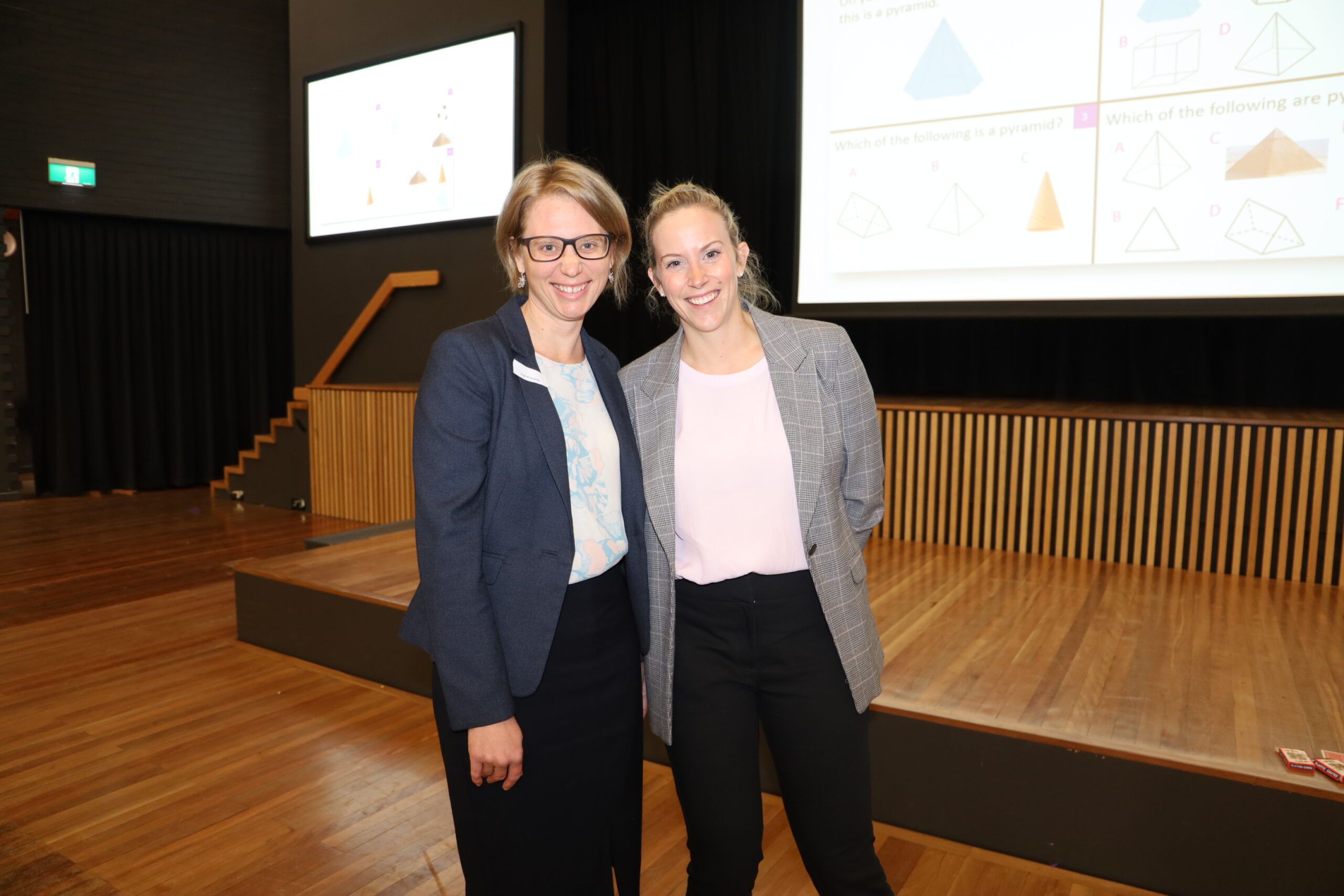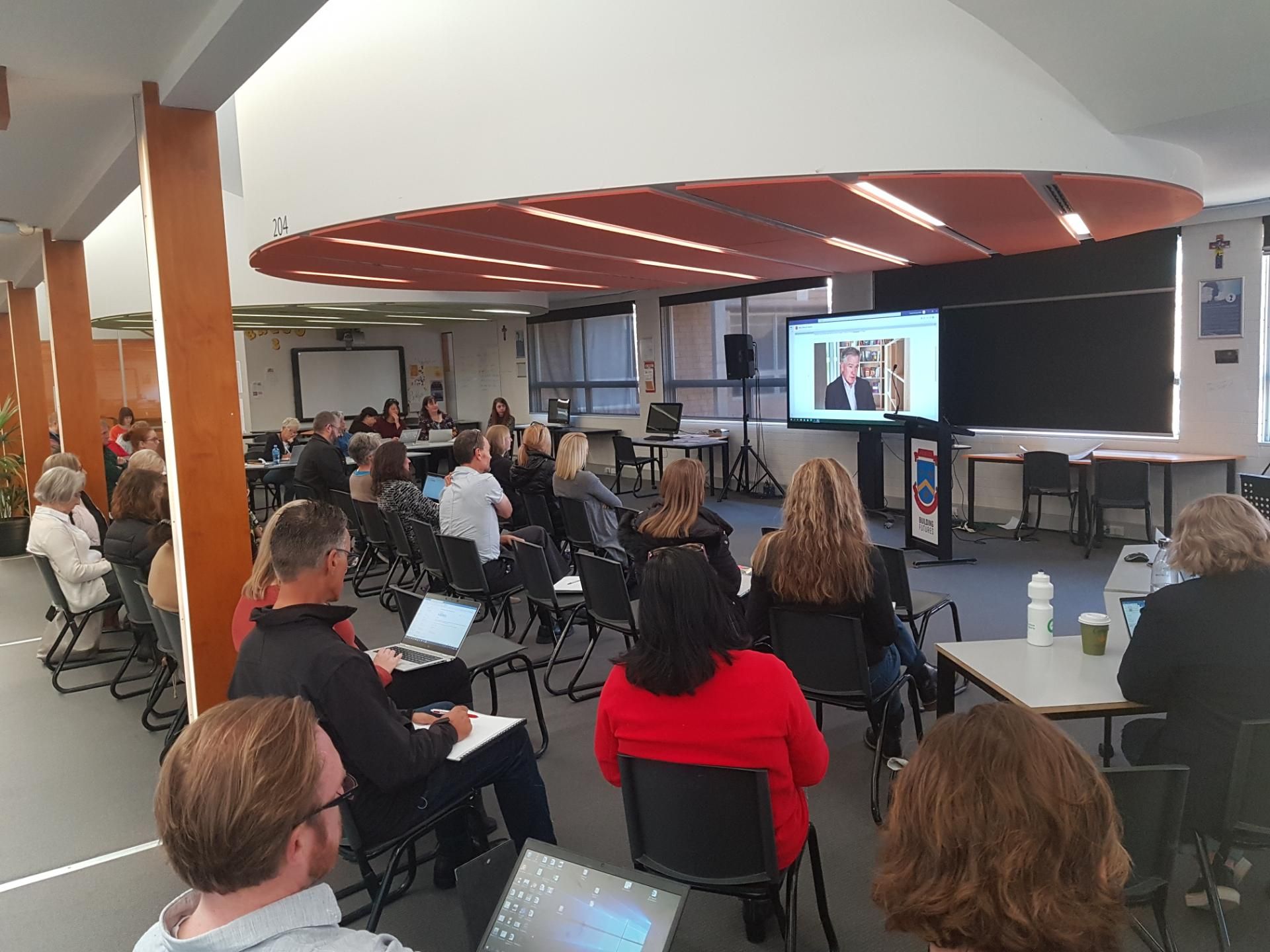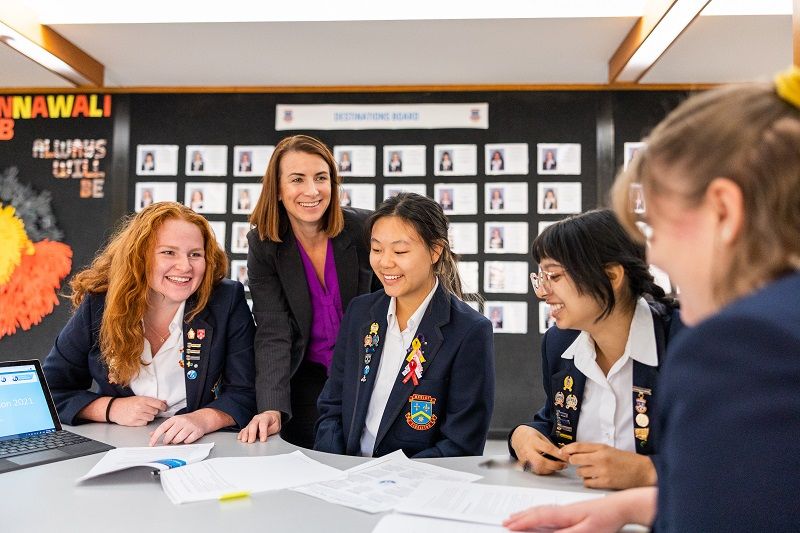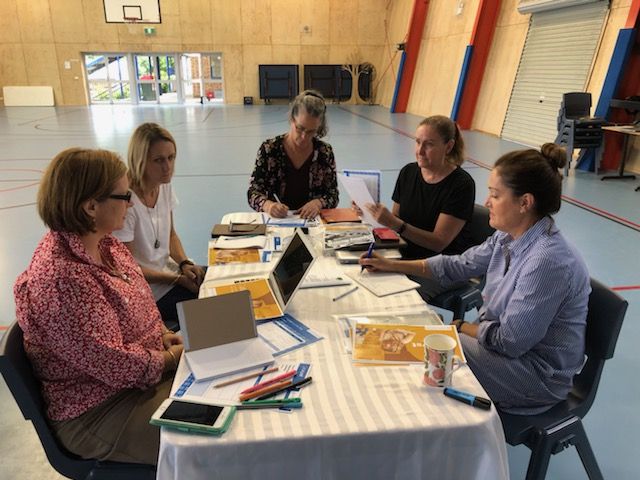Author: lenoxhill
Students, teachers and parents enjoy the benefits of InitiaLit
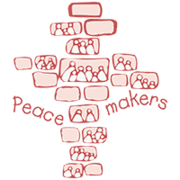
The classroom has changed for the better at St Francis of Assisi Catholic Primary School in Calwell after several terms implementing InitiaLit, an evidence-based literacy program designed to assist teachers in providing strong reading foundations for all students. Literacy coordinator and Year 2 teacher, Lauren Macdonald, has been a driving force in transitioning students and teachers to this whole-class program and a first-hand witness to the positive uptake and impact of InitiaLit.
Mrs Macdonald said the program has introduced a new level of consistency and collaboration across all classrooms, without requiring extensive experience with the program. She feels there is a great opportunity to upskill not only students, but teachers to better understand how language works as they explore the program and its structure. After some initial hesitation around autonomy and program flexibility, teachers have truly become advocates for the program, finding room to experiment and incorporate their own interests and flare into lessons.
Teachers at St Francis believe InitiaLit has provided consistency in learning outcomes across classrooms, laying the foundation for more effective collaboration. Mrs Macdonald and her colleagues have experienced an increase in understanding of how language works and have found a better use of meta language, or language used to discuss literacy learning. Further, Mrs Macdonald reports that teachers and students are now being exposed to a higher level of grammar terminology, such as noun groups, prepositions, and conjunctions, that would be otherwise left until later stages of student learning.
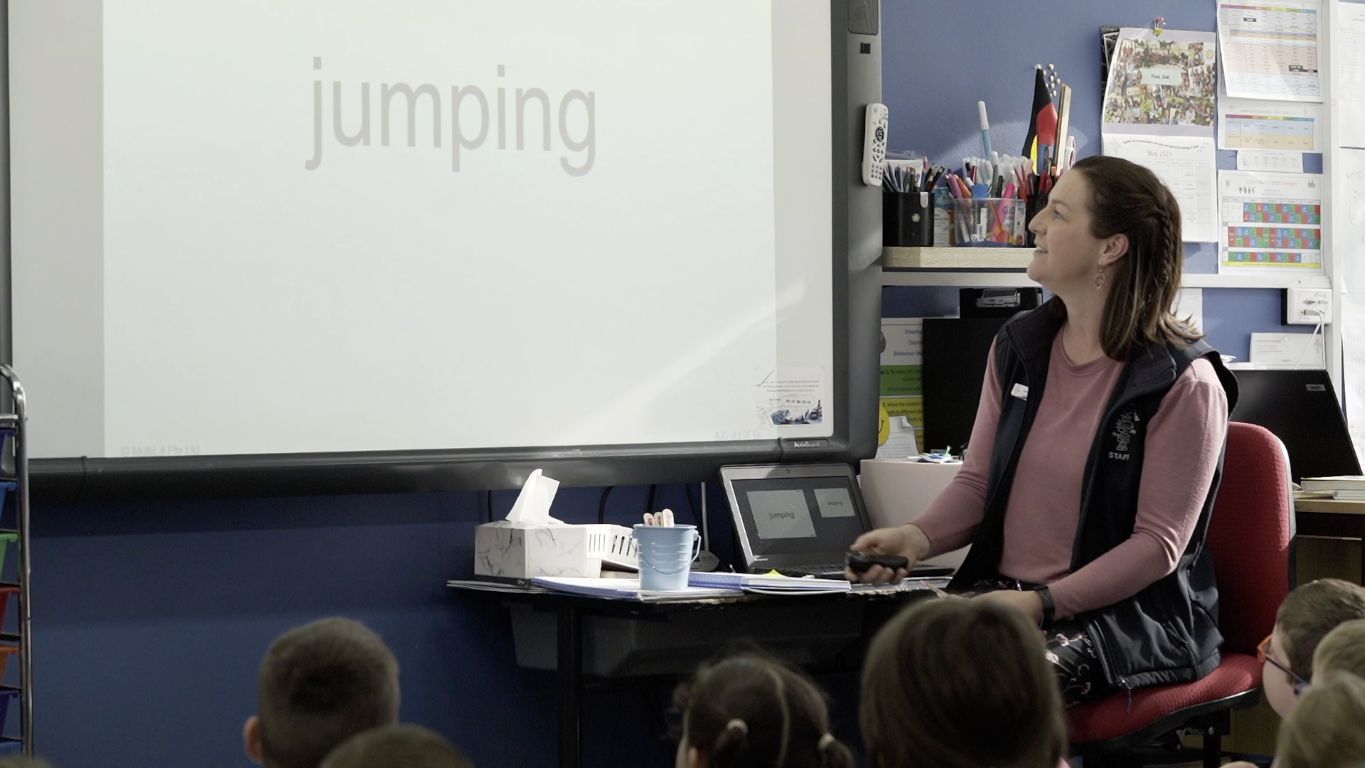
Students have been the real winners from this change, with teachers across grades being able to provide more support for students who are capable of accelerated learning, and better learning retention, a result of the repetition and pace offered by the program.
As part of the program, each students’ learning is now supported by decodable readers, replacing their whole language readers with both physical and online offering options via Wushka. Such is the success of this transition, other schools have been visiting St Francis of Assisi’s classroom to see InitiaLit in action.
“My Year 2’s love it,” said Mrs Macdonald, “their phonics knowledge has increased significantly, and we are able to monitor to see if they are retaining what they are learning.” Students also enjoy the Storybook component, exposing them to quality literature, exploring new vocabulary and embedding the joy of reading.
Mrs Macdonald has found that parents are not experiencing too much change, only the benefits of systematic synthetic phonics method of learning. Parents are starting to notice their children showing off new and interesting words alongside improved spelling.
To complement InitiaLit, several teachers at the school have also been participating in SOLAR Lab, a research project by La Trobe University, which facilitates and tracks the efficient translation of new knowledge into the classroom. This support has been particularly beneficial for those teachers interested in the science of reading, complimenting the transition effectively and will be a great gauge for the long-term success of InitiaLit at St Francis of Assisi.
Still curious about InitiaLit? Find out more here.
Explicit Instruction Inspires Positive Change at St Thomas Aquinas

St Thomas Aquinas Primary school have evolved their teaching instruction, resulting in positive changes in student learning and overall behaviour. Teachers at St Thomas Aquinas have been using Explicit Instruction (EI) in their classrooms since mid-2020, starting with the implementation of InitiaLit in Kindergarten classes and then Years 1 and 2 at the beginning of 2021. InitiaLit uses systematic and direct practices to teach reading.
Principal Leah Taylor and her teaching team, whilst initially apprehensive of this approach, have now seen the impact that this method of teaching can have on student achievement, behaviour and engagement.
“We have completely changed the way we teach at St Thomas Aquinas, essentially moving from an inquiry-based approach to predominantly Explicit Instruction,” said Mrs Taylor.
This year, St Thomas Aquinas have turned their attention to introducing elements of EI into the way they teach Mathematics. Selected Kindergarten, Year 3 and Year 5 teachers are currently working through the High Impact Teaching Practice program. A key practice that they have learnt and begun implementing is a Daily Review in the Mathematics block.
“All staff members that have used the Daily Review, have noticed changes in student performance, particularly knowledge retention, student behaviour and student’s attitudes to learning,” said Mrs Taylor.
Mrs Taylor also expressed that several teachers had received positive feedback from their students, who favoured the new approach.
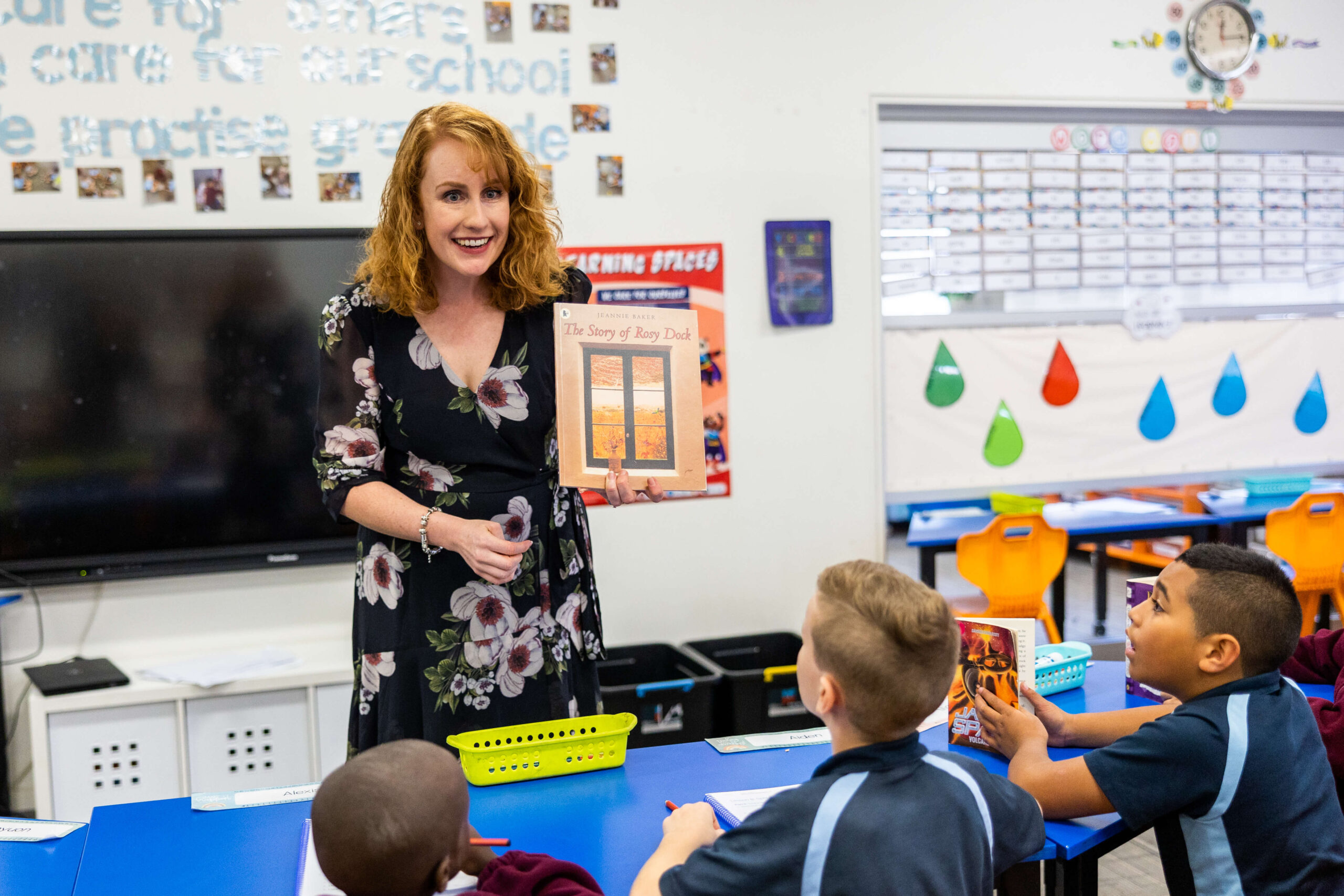
As part of the new methodology, teachers from St Thomas Aquinas have been using whiteboards in the classroom instead of just workbooks and worksheets, which has been positive. However, this change is not without its challenges, by predominantly using whiteboards the ability to capture evidence of student learning needed to be rethought.
“To solve this concern, we came together and looked for other ways we could check for understanding, provide feedback and collect evidence and data, for our own school and to also ensure we complied with the Nationally Consistent Collection of Data on School Students with Disability (NCCD).”
Through the HITP program, teachers are supported by an educational instructor who provides learning opportunities, resources and coaching. Teachers at St Thomas Aquinas have found the provided resources very helpful in assisting them to transfer what they have learnt during the program into the classroom.
The new teaching methodology has gained momentum at St Thomas Aquinas, with a high level of enthusiasm from participating teachers and an eagerness to complete the training by those not yet trained.
“We are starting to notice a change in the way our Classroom Support Assistants (CSA) operate too. I have seen some very high-quality EI teaching from our CSAs when implementing our intervention programs,” Mrs Taylor said.
When asked why she believes this program is truly making an impact at her school, Mrs Taylor said – “Everyone across the school is developing a deeper understanding of how students learn and how we can best support them.”
Find out more about K-12 Literacy and High Impact Teaching Practice.
Improving students’ writing skills through evidence-based instruction
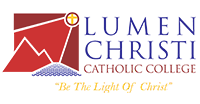
The Facilitator of Pedagogy at Lumen Christi College, Wendy Mockler is constantly pursuing evidence-based pedagogy to improve student outcomes. Supported by Catholic Education, Mrs Mockler became an early adopter of The Writing Revolution (TWR).
The Writing Revolution provides teachers with an evidence-based and proven instructional methodology, the Hochman Method, an explicit writing instruction program which aims to transform teaching instruction by enabling students to develop the literacy and critical thinking skills to engage in the classroom.
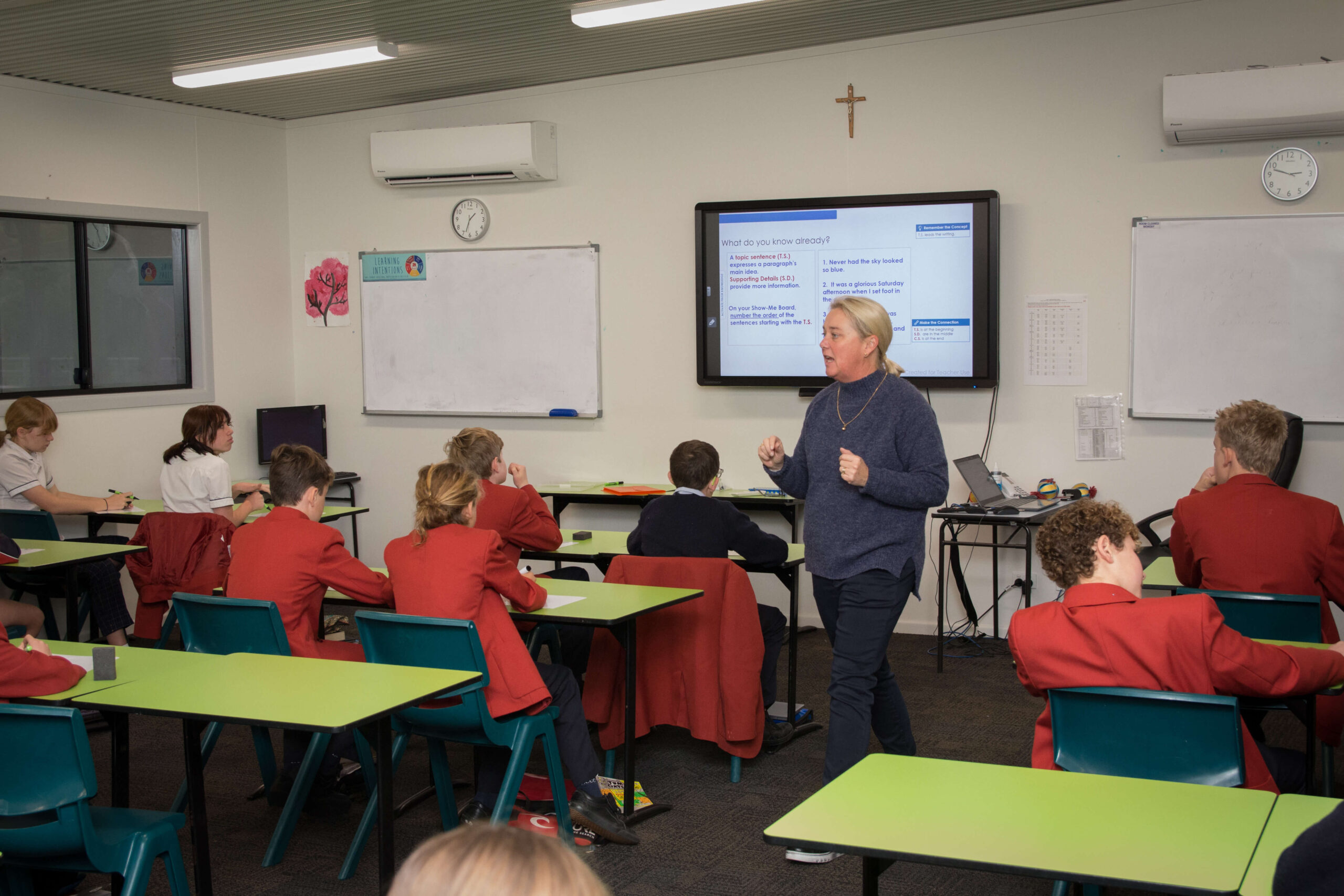
The TWR methodology and resources work across year groups and curriculum areas, which provides a whole school approach supporting targeted literacy interventions.
Since completing the training, Mrs Mockler has shared her new knowledge with her colleagues and formed an innovative working group at Lumen Christi to deliver TWR through the integrated humanities (iHUM) program for Year 7 students.
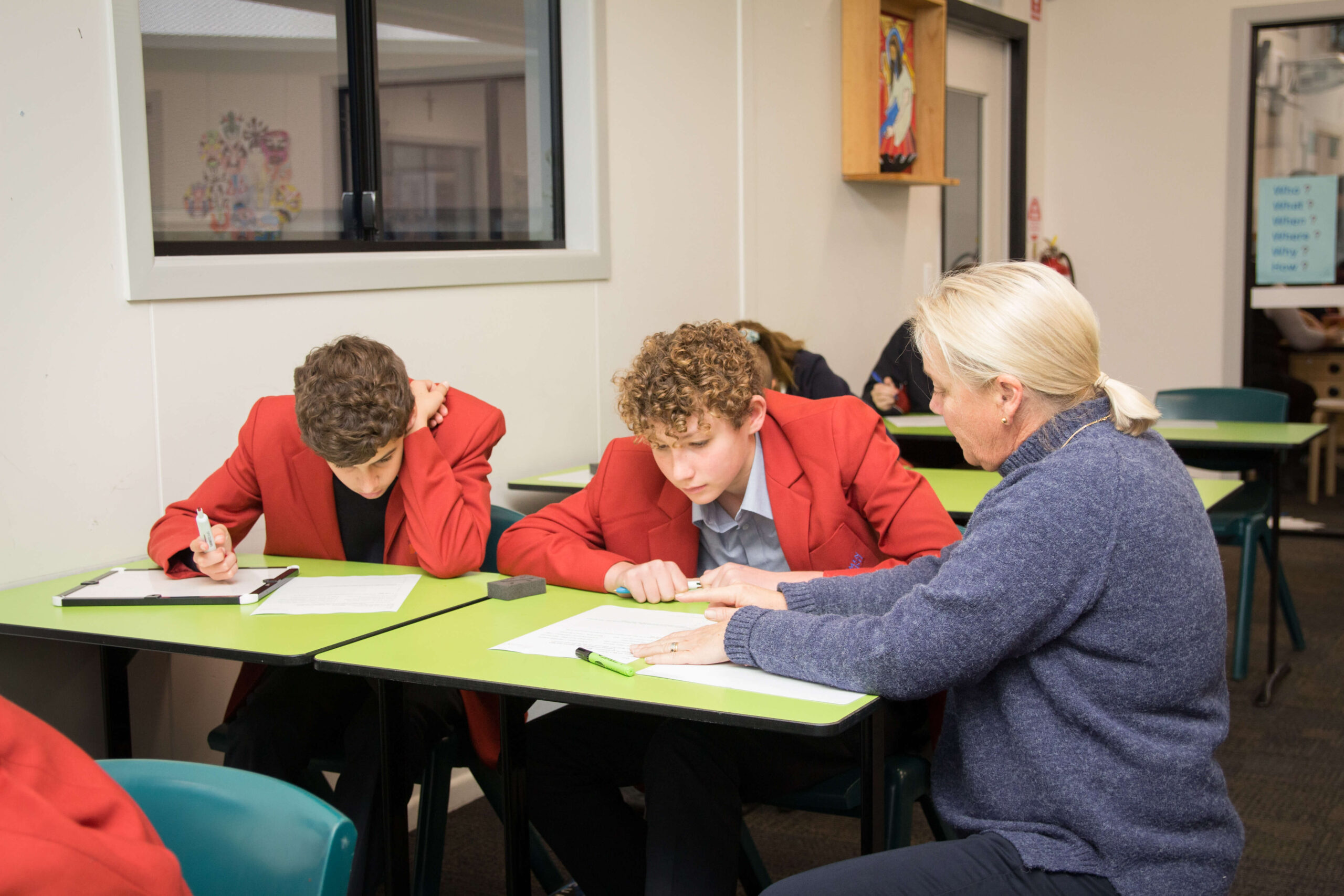
As a result of implementing TWR, new consistent engagement norms are being used in the classroom in a more coordinated and supported environment. Teachers report students are developing the skills to become competent readers and writers. Teachers and students have begun to use the “Show-me Boards” to check for understanding and provide immediate feedback.
“This way of teaching has helped our students by providing a framework for class discussion, it has also improved in their ability to explain their points, and their punctuation is improving.”
Mrs Mockler encourages schools who are thinking about implementing The Writing Revolution in their classes to take the time to plan out their implementation approach to ensure they are maximising impact for staff and students. Schools need to understand their data and apply evaluative thinking, applying reflective practices to help make good judgements on sound evidence.
“You don’t have to embark on this journey alone. You can pair up with someone who has done this before, or shares your ambition and work through it together. I would also encourage you to reach out and seek assistance where you need it.”
The approach to implement TWR at Lumen Christi was a phased one, where elements of the program were learnt, demonstrated and then practiced in the classroom. Adding more and more elements and resources as teachers became more confident with the program.
Mrs Mockler said some teachers were concerned their creativity could be impacted by using an explicit learning program, however now they have experienced the program, they have found plenty of opportunities to deliver creative and innovative lessons within the framework. The Writing Revolution program starts at the sentence level and builds student capacity to develop a comprehensive piece of writing.
Teachers are working together to determine the level of impact this program is having on student learning. On implementation of TWR, there have been noticeable improvements in the pedagogical practices of the teachers involved, including lesson planning, setting learning intentions, defining success criteria, and implementing new formative assessment strategies.
Lumen teachers have been amazed at the enthusiasm of some of their students who are noticing the impact this program is having on their learning. As more teachers come on board, that enthusiasm is likely to grow.
Find out more about The Writing Revolution (TWR).
To register your interest in the program, contact the Catalyst team.
Phonics improves student literacy skills at St Joseph’s Bombala
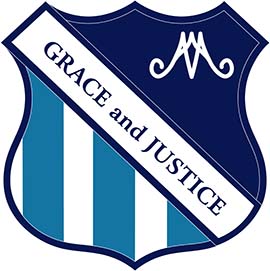
Teachers at St Joseph’s Bombala have been using InitiaLit to teach literacy in the classroom this year, resulting in improved reading outcomes for their youngest learners.
InitiaLit is an evidence-based whole-class literacy program providing all children with the essential core knowledge and strong foundations to become successful readers and writers. InitiaLit is a three-year program, covering the first three years of school (Foundation to Year 2). It provides teachers with the methodology, resources, and lessons to teach literacy effectively.
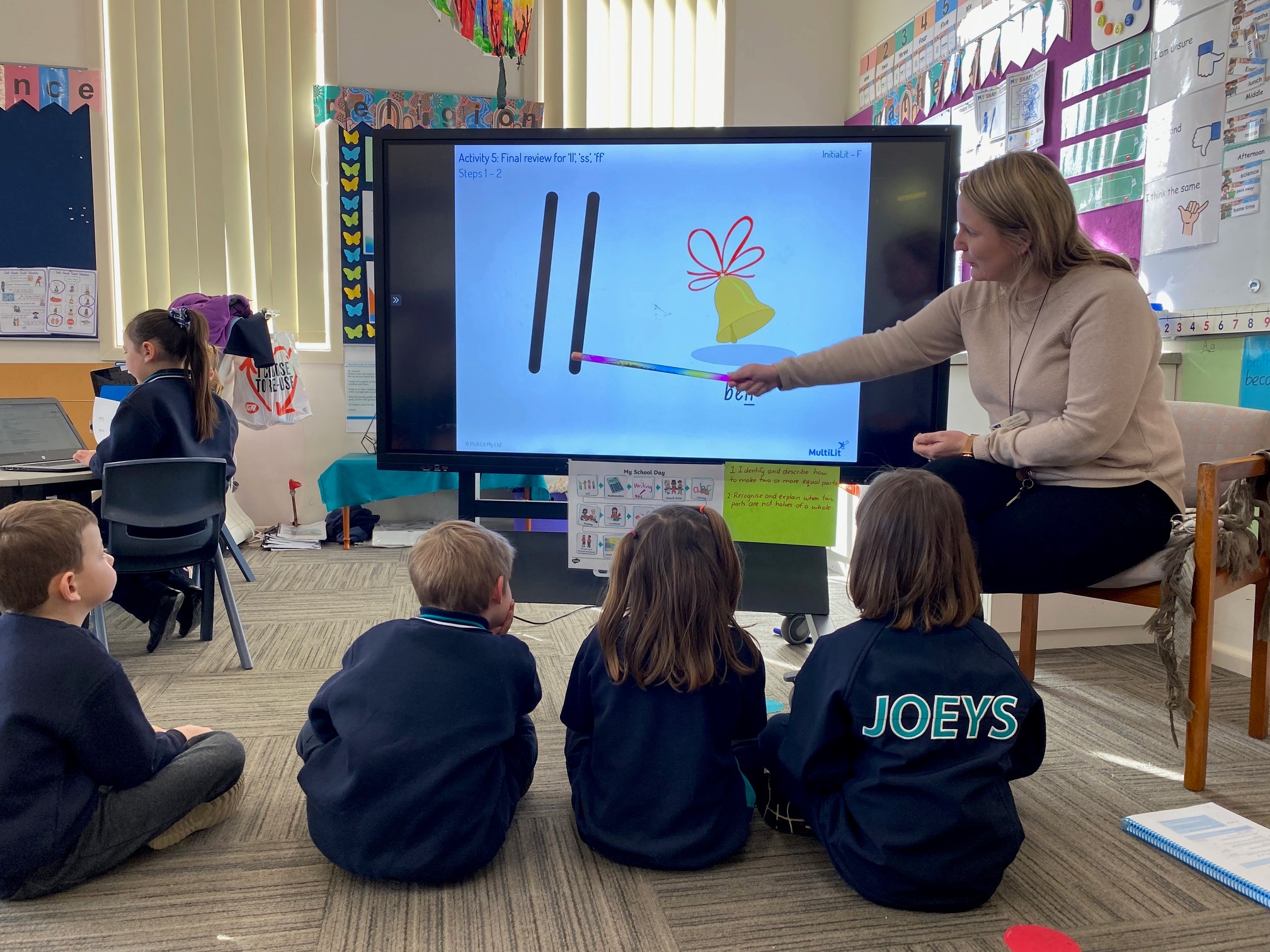
This has resulted in an increase in students applying phonic knowledge to decode words when reading which has improved student motivation and their ability to grasp literacy concepts.
Principal Susan Tighe said St Joseph’s K-2 teachers had built a shared understanding of how to teach systematic and effective reading and writing skills since employing the InitiaLit program.
Using InitiaLit in all K-2 classes has helped St Joseph’s measure and track student performance data, which has helped target specific students to support further using small group intervention lessons.
Mrs Tighe said children who participated in the small group intervention program were having more success picking up core literacy skills which would equip them to become great readers.
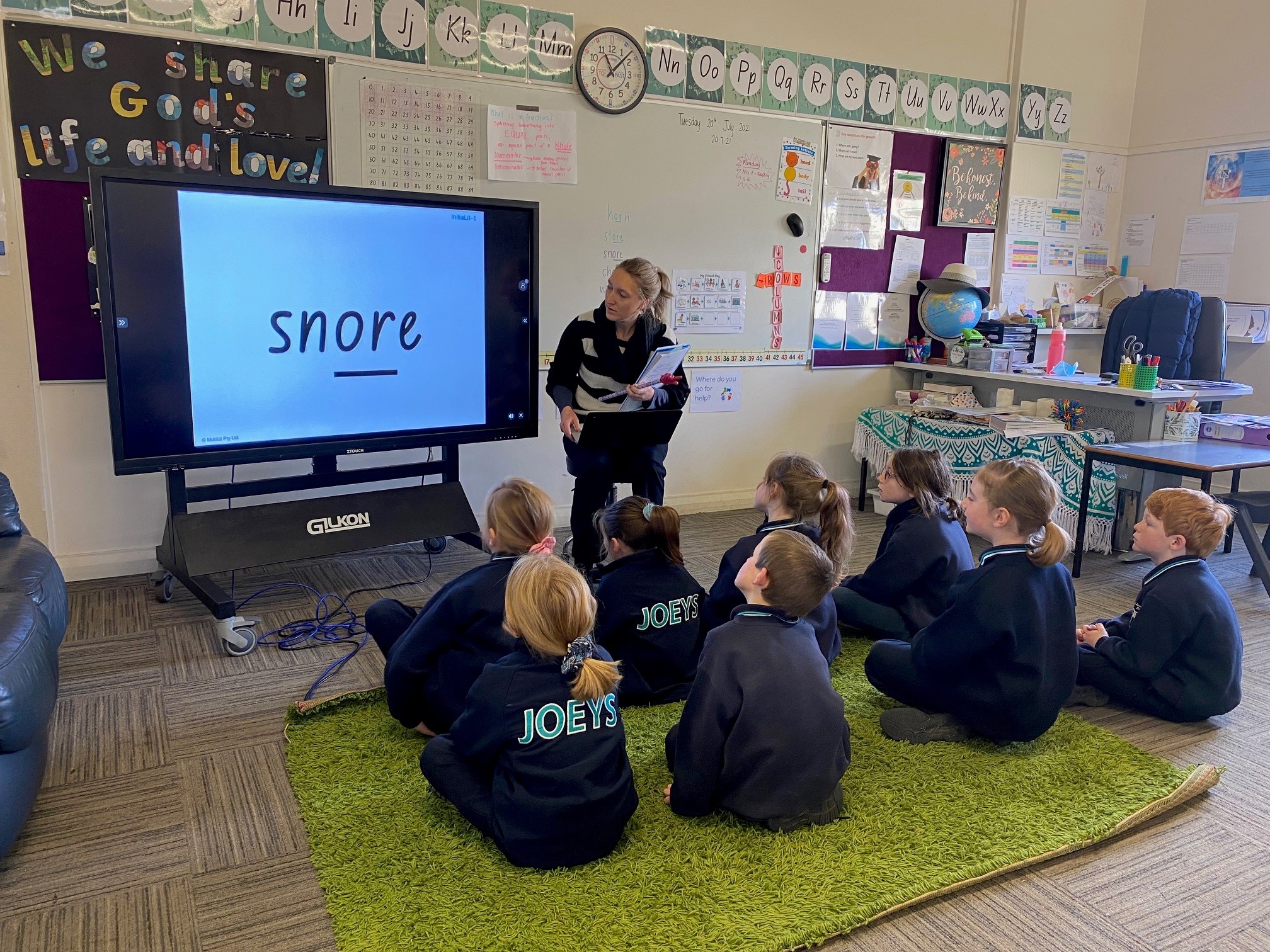
“We are also helping parents guide student learning at home by providing instructions to ensure consistency between what the child is learning in the classroom and how they are practicing at home”.
The benefits of explicit instruction and an evidence-based program such as InitiaLit, are already clear with improvements in motivation, recall and engagement in the classroom.
To learn more about the success of InitiaLit at St Joseph’s Bombala, contact Susan Tighe at susan.tighe@cg.catholic.edu.au.
Find out more about InitiaLit.
Merici College hosts second HITP In Action Masterclass
Merici College hosted 35 secondary teachers from across the Archdiocese, participating in the High Impact Teaching Practice (HITP) In Action Masterclass session two. Colleges across the Archdiocese have multiple teachers participating in participating in the first wave rollout of HITP In Action, a Catalyst program.
All participating teachers have now completed two of the five practical sessions with Ingrid Sealey from TeachWell and are actively implementing learnt key teaching methodologies in their classrooms.
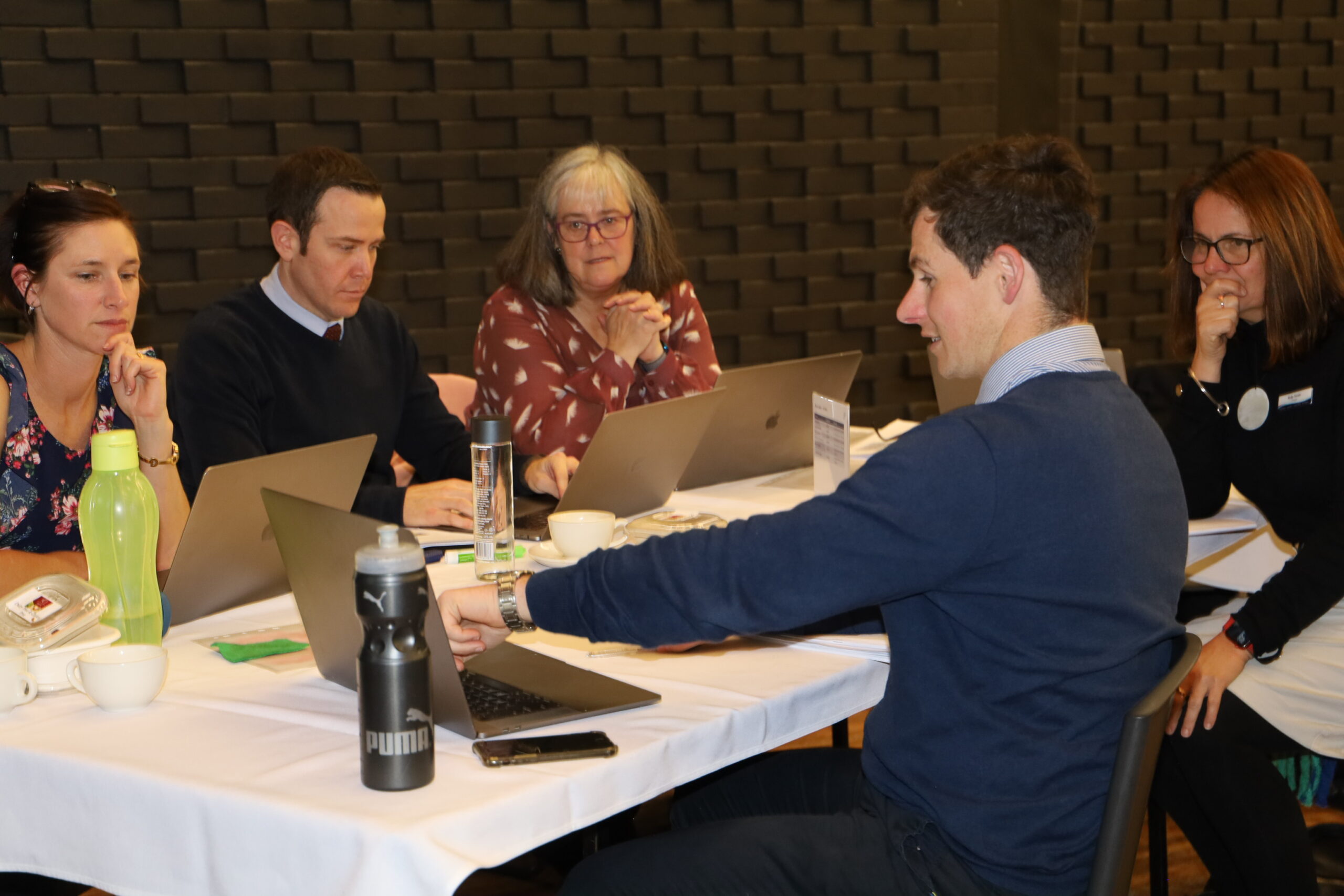
Renee Taylor, Deputy Principal Learning at Merici College, said she was incredibly proud of the eight Merici teachers participating in the program.
“I am blessed to work with some phenomenal teachers who make Merici what it is – a dynamic, effective and caring community. We are excited as a teaching community about what Catalyst can do to help us improve as educators.”
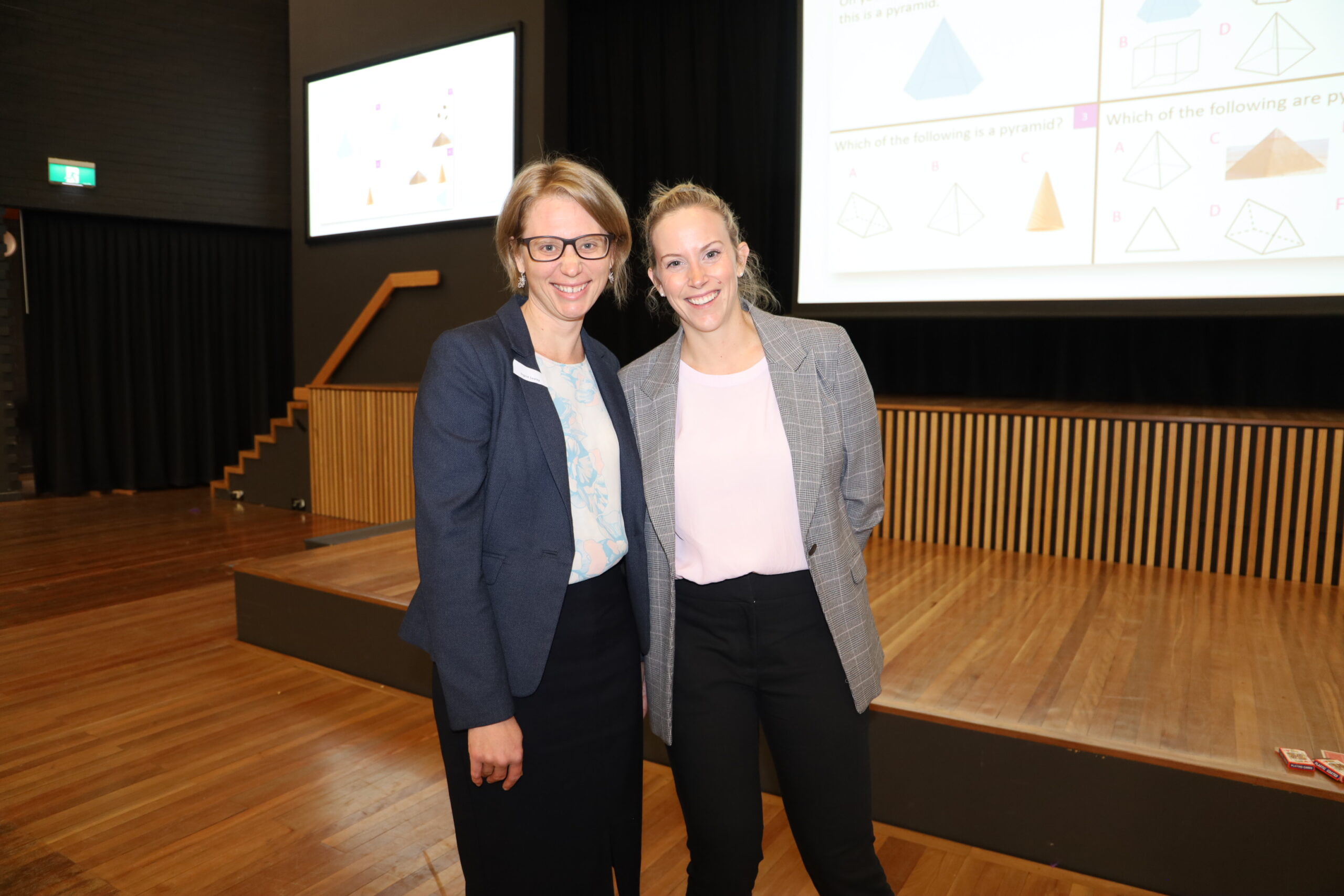
A key concept that was taught and demonstrated during the Masterclass was the Daily Review – a teaching practice where students recall information learned in the previous class in a short session (3-5 minutes).
Natalie Fairfax, a teacher, and Head of International Baccalaureate at Merici College, has successfully started to implement the Daily Review in her senior Sociology class.
“I was super excited about the lesson and my students were positive too from their experience of the daily routines,”
The HITP In Action Masterclass series is comprised of five professional learning master classes for secondary teachers in the Archdiocese. This professional learning series is founded in the Science of Learning and Rosenshine’s Principles of Instruction.
Learn more about High Impact Teaching Practice.
St Bernard’s Batemans Bay take on TAPPLE to ignite reading opportunities
Principal, Johanna Wain, said the teaching approach has already delivered improved learning outcomes and active participation in the classroom, with noticeable uplift in student engagement.
“Both teachers and Leaders have benefited from this program and are highly motivated to continue implementing high impact teaching strategies in all classrooms to improve student outcomes.”
Over the past 18 months, teachers from St Bernard’s Primary School have been using instructional teaching practices, to improve the literacy outcomes of their K-6 students via programs including Spelling Mastery and Let’s Decode.
As early adopters in the Archdiocese, teachers have been delivering evidence-based reading and spelling instruction to help their students learn specific language and grow their knowledge and understanding of phonics and spelling.
Since participating in training with Associate Professor Dr Lorraine Hammond, teachers have begun collaborating and sharing resources to ensure all classrooms at St Bernard’s are working from the same knowledge base.
Teachers have also begun using a specific technique to check for student understanding known as TAPPLE, where they –
- Teach First
- Ask A Question
- Pause, then Pair-Share
- Pick a Non-Volunteer
- Listen
- Effective Feedback
TAPPLE, combined with the Daily Review process (the high Impact practice of retrieving previously learned content), has seen students further develop their literacy skills.
Teachers have also begun filming their lessons so they can receive coaching advice and feedback from instructional coaches.
St Bernard’s Teacher using TAPPLE
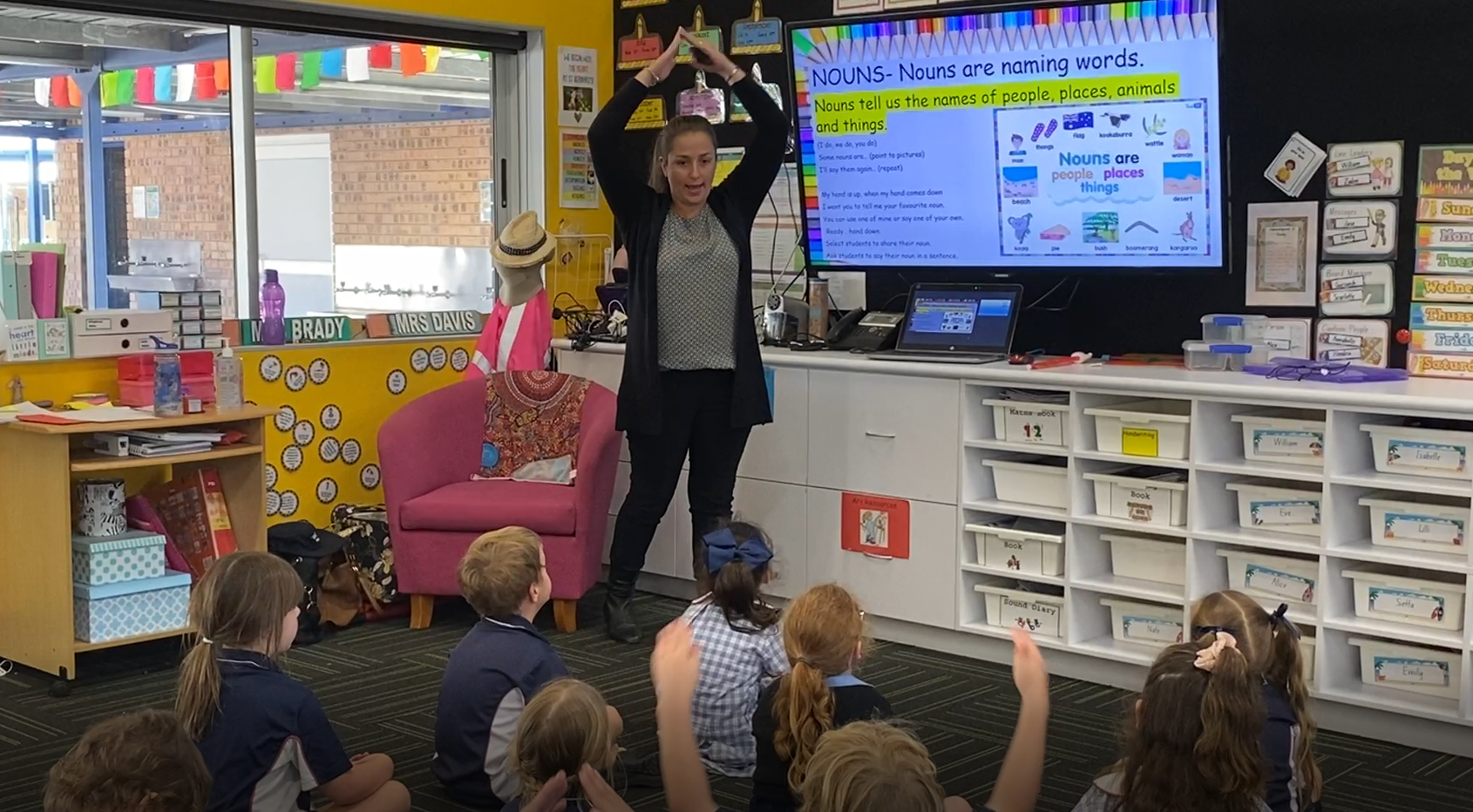
Mrs Sarah Davis planned an interactive noun lesson that involved using tone and connecting body gestures to the definition of nouns to aid student’s memory and recall. She applied TAPPLE by teaching the concept first, then asking her students to name the nouns without instruction.
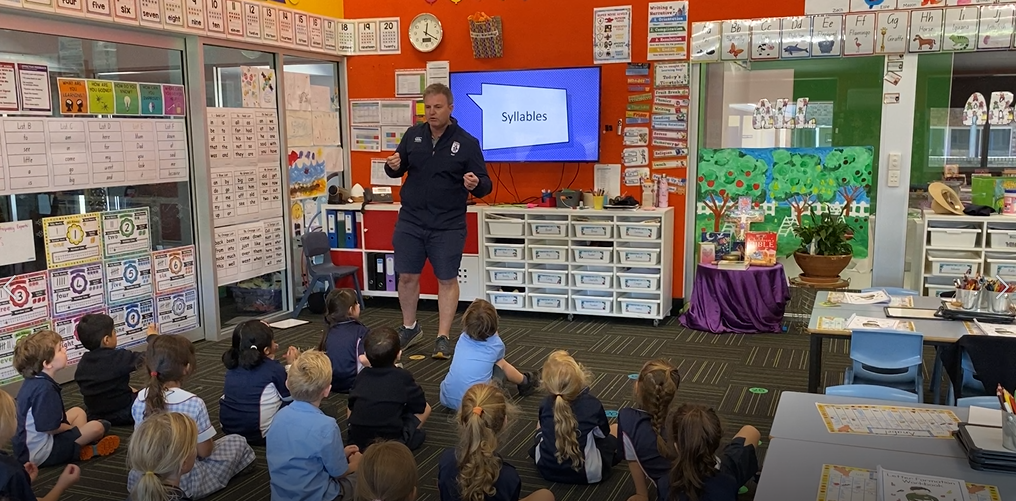
Mr Tony Ward implemented a syllable lesson, instructing his students to sound out the syllables of each word in a fun and interactive way. He used the TAPPLE model to teach first, then picked a volunteer to speak out loud in the class, listening to their responses and giving them feedback.
Watch Mr Ward’s syllable lesson
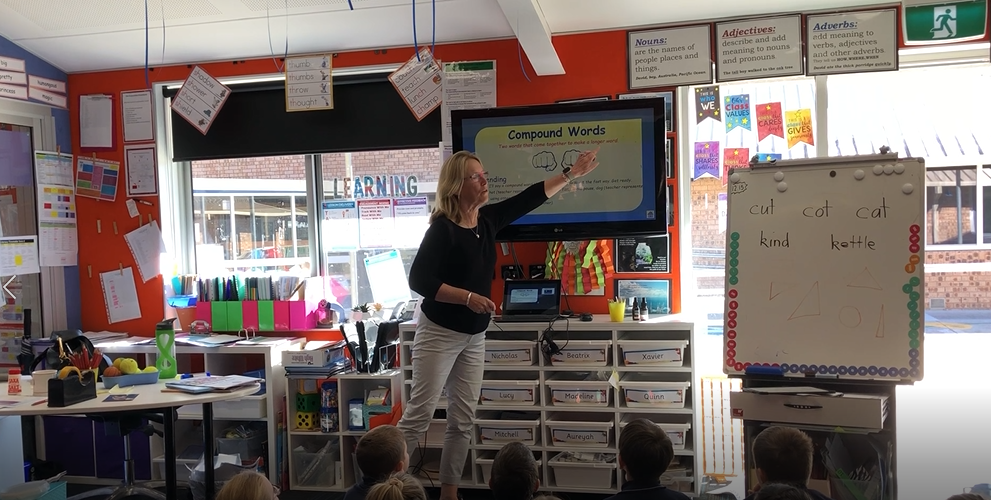
Mrs Jane Hardman used TAPPLE to teach compound words. She instructed her students to sound out the sentences before testing students individually on the definition of compound words.
Watch Mrs Hardman’s compound words lesson
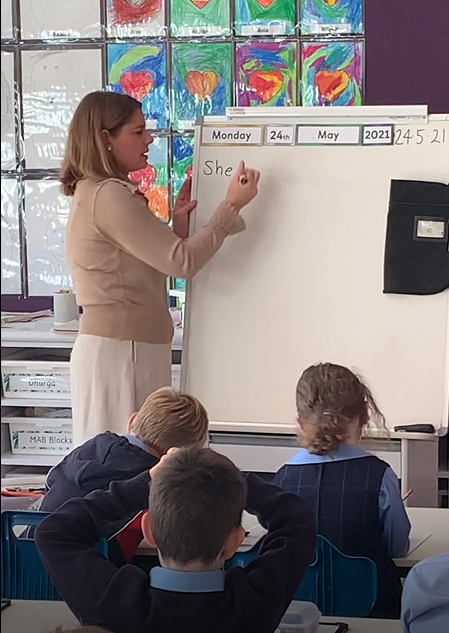
Mrs Claire Campbell conducted a spelling exercise with her class, using the same teachnique-teaching first before picking a volunteer, listening and giving feedback.
Term 2 commences with Catalyst Professional Learning
The first week of Term 2 for 2021 saw all 56 schools in the Archdiocese participate in collective professional learning. Schools engaged in one of five professional learning initiatives where over 1,000 teachers and leaders immersed themselves in Catalyst Professional Learning to better understand how they could embed evidence-based teaching in their schools.
In line with our NSW schools, ACT schools had a student free day which was entirely dedicated to teacher professional learning and planning. Each school elected to participate in the sessions based on where they are in their Catalyst journey, and in the format that best suited them.
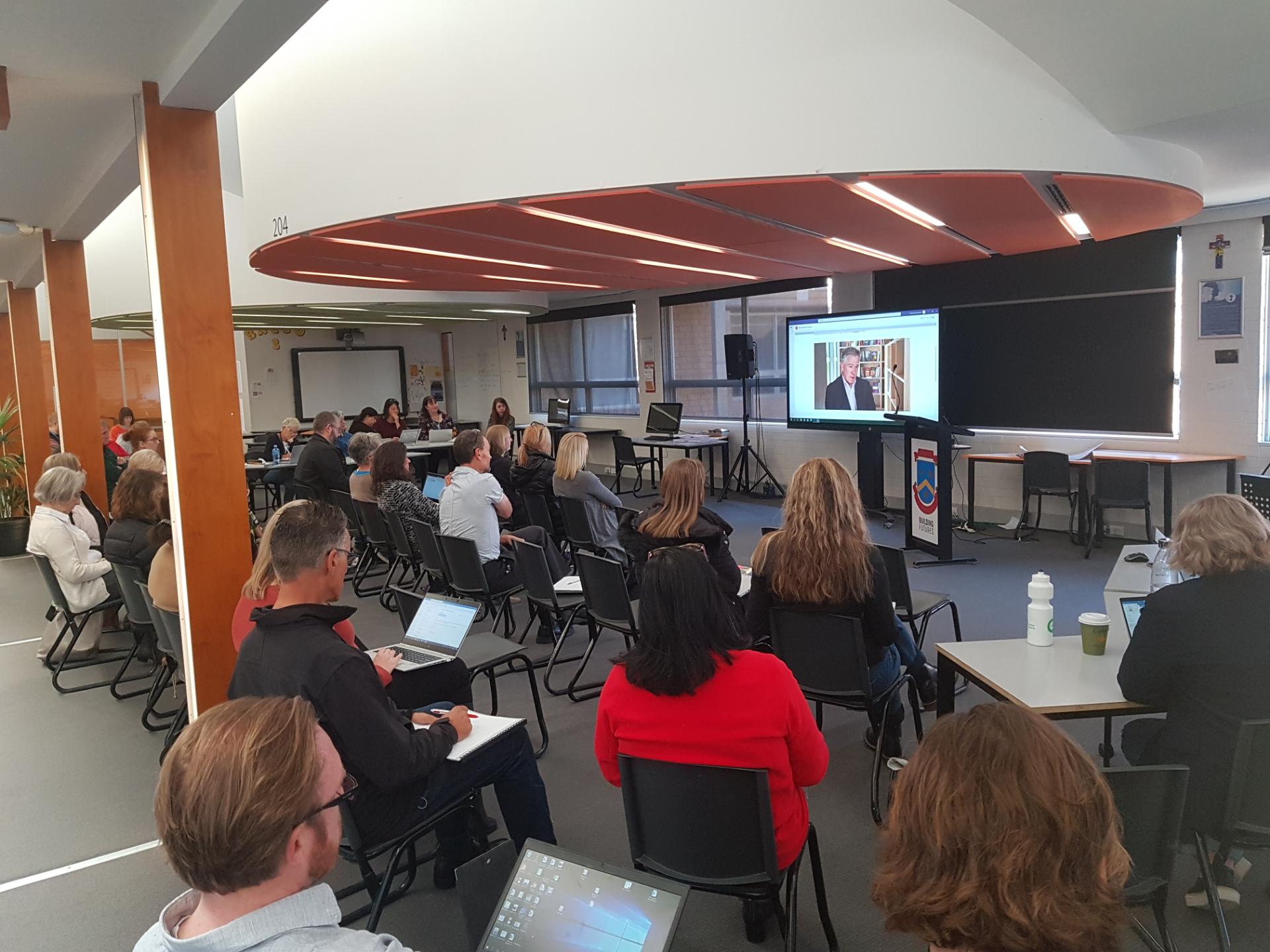
Teachers from Merici College participating in the HITP Theory and Practice Professional Learning Session
HITP Theory and Practice Launch
On the first day of Term 2, more than half of our schools launched High Impact Teaching Practice (HITP) Theory and Practice, led by education expert Dr Tim McDonald.
The session clarified the theories underpinning the HITP program, including a deep dive into research papers, notably the Deans for Impact The Science of Learning and Rosenshine’s Principles of Instruction.
Julie Wiley, Principal of St Thomas More’s, Campbell said the session was a great opportunity to revisit the knowledge acquired at Catalyst System Day and reinforced the importance and application of Cognitive Load Theory.
“The discussion points were a valuable exercise to clarify our thinking as a staff and to talk about what the theory and practice means for our school community.”
Dr McDonald was on the ground to see exactly how teachers and Principals interacted with the Catalyst learning materials.
“It was wonderful to be welcomed by Julie and her staff. The staff engagement and questions on Catalyst were positive and challenging.”
Dearne Bassett, Assistant Principal from St Francis Xavier College said the session helped her school’s staff understand why implementing HITP in every classroom was a critical goal for the system.
“It makes sense. As teachers, we have a professional obligation to improve classroom practice adopting high-quality teaching strategies. The HITP session highlighted that evidence-based practice has the greatest impact on student learning.”
During the day, Catholic Education (CE) Leadership members visited various schools across the system to participate, alongside school staff. CE office staff also worked through the session, to better understand the evidence-based teaching practices and how their service areas could contribute to and support the implementation of Catalyst.
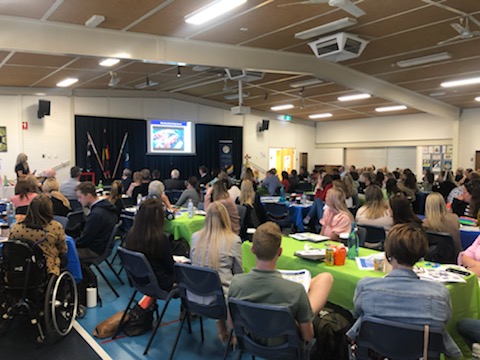
Teachers from St Michael’s, St Bernard’s, Holy Spirit and St Thomas the Apostle Primary Schools participating in Dr Hammond’s HITP In Action Session
HITP In Action with Dr Lorraine Hammond
On the same day, Dr Lorraine Hammond facilitated a full-day HITP In Action session with 20 Leaders and teachers from St Michael’s, St Bernard’s, Holy Spirit, St Thomas the Apostle Primary Schools with CECG Director Ross Fox, Deputy Director Dr Tony Bracken, CE Leadership members and office staff in attendance.
This session provided a deep dive into teaching practices that will be implemented into classrooms and introduced the concept of Daily Review across all year levels.
Dr Hammond said she could feel a strong sense of momentum and collegiality in the room during the session.
“In my experience and research, when teachers in a school take up high impact instruction, improved student achievement follows.”
“The collective efficacy of staff when a group of schools implement this instructional model provides a greater opportunity for staff to learn from one another and work collaboratively towards a common goal.”
“I look forward to working with staff from Holy Spirit, St Bernard’s, St Michaels and St Thomas the Apostle again at our next professional learning day and providing a forum for celebrating the changes that will now follow.”
Jo Wain, Principal of St Bernard’s Primary School Batehaven, said the session was highly engaging and valuable for her staff, and enjoyed working collaboratively with the other schools.
“Today’s input was both affirming and empowering for teachers. We look forward to continuing to develop our classroom practice under the guidance of Lorraine.”
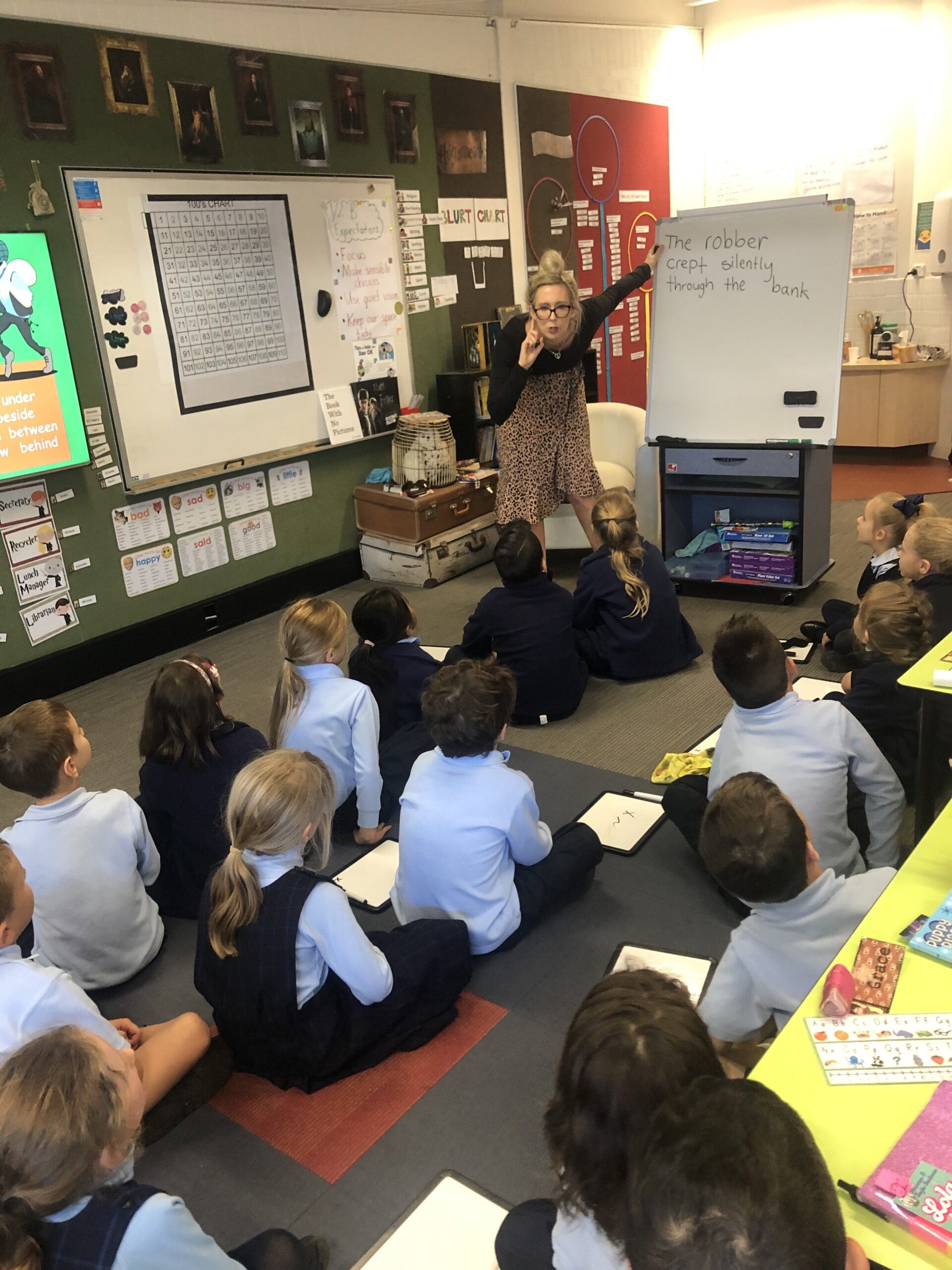
Ms Wardana demonstrating high impact teaching at St Michael’s, Kaleen
Annie Brearley, graduate teacher from Holy Spirit Primary School, said she was able to already apply the knowledge into her teaching program.
“I had some great learnings around incorporating a ‘Daily Review’ in the classroom and the power of teaching reading through Explicit Instruction.”
Brooke Wardana accompanied Dr Hammond to demonstrate how the high impact practices can be used in a classroom setting.
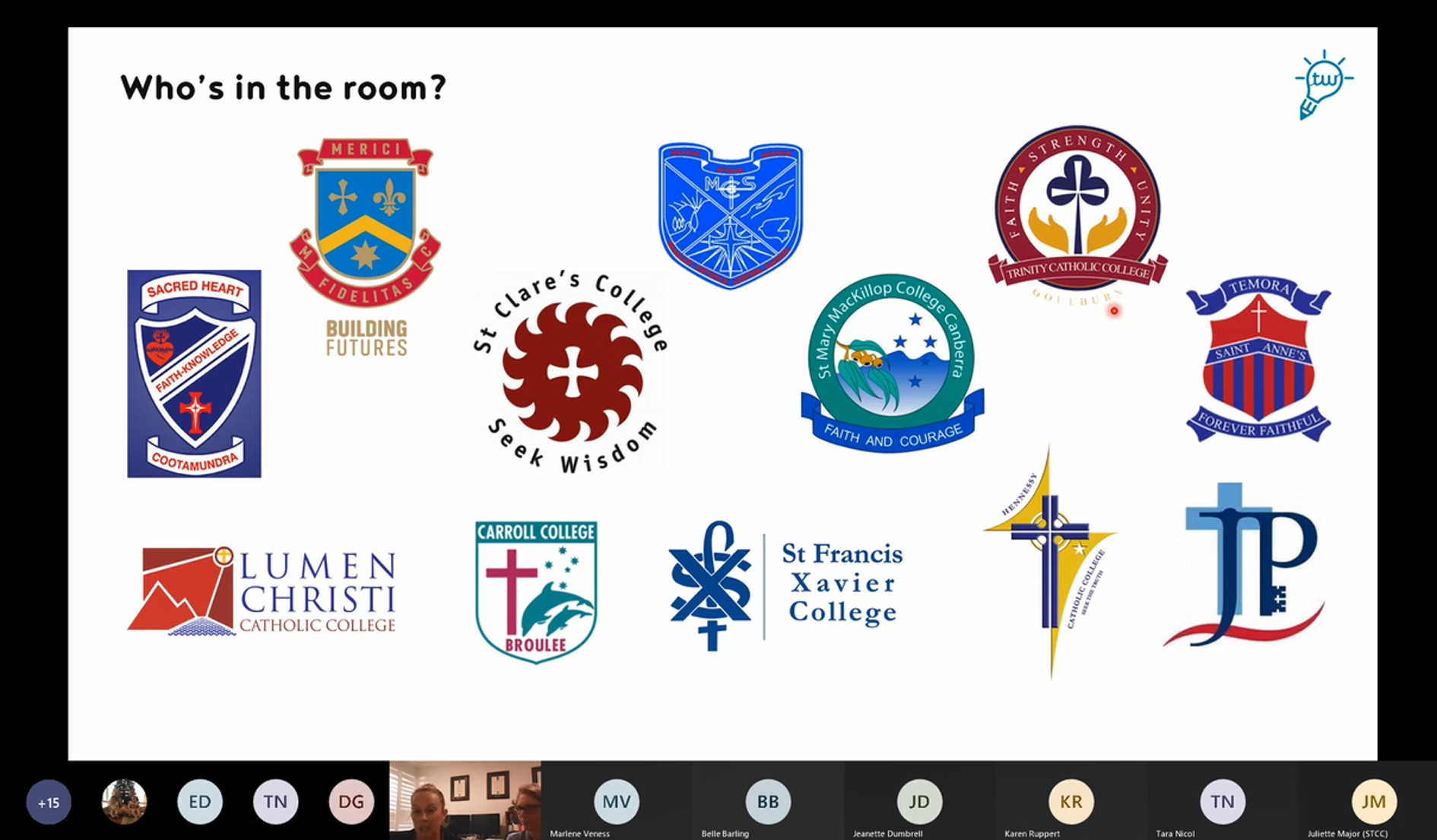
Cohort 2 participating in the HITP In Action online session
HITP In Action launches online with TeachWell
About 100 participants across all Secondary and Central schools commenced their HITP In Action journey in online sessions with Catalyst Presenter Ingrid Sealey from TeachWell.
The interactive online session explored the key principles of Cognitive Science, Practices of Master Teachers, Individual Teaching and Learning strategies.
Kerryn Hopkins, teacher from Carroll College Broulee said Ms Sealey was high-energy and enthusiastic, which made the session engaging and inspiring.
“We thoroughly enjoyed the day at our end – very productive, relevant and worthwhile.”
Kelly Candy, Leader of Learning and Wellbeing at St John Paul II College said the session provided valuable knowledge that helped staff at her school build a shared understanding of HITP.
“We are creating a real team focus and building a sense as a group as the people who will be leading others in the changes ahead.”
K-2 Literacy school visits
Dr Jennifer Buckingham and Alison McMurtrie from MultiLit visited St Thomas Aquinas, St Gregory’s and St Francis of Assisi to explore how the Catalyst K-2 Literacy program was being implemented in classrooms.
With 228 teachers now trained in InitiaLit across 27 schools, Dr Buckingham and Ms McMurtrie were pleased with the progress they saw in the teaching of high quality, evidence-based instruction.
They were thrilled to hear feedback from our teachers on how the Systematic Synthetic Phonics program has revolutionised the way they teach.
Dr Buckingham said “it was a great pleasure to observe the teaching and learning taking place in Canberra Goulburn Catholic schools, and to see how the use of evidence-based instruction is creating successful and happy readers.”
Leaders work with Michael Roberts from CogLearn
In the first week of Term 2, leaders across 9 schools met with Catalyst Presenter, Michael Roberts to support the planning and implementation of HITP in their school.
The leadership sessions provided understanding and context to Mr Roberts, so he can provide the support required for each school’s journey and assist with teacher selection for HITP In Action.
Earlier this year, 10 other schools had planning sessions with Mr Roberts, with five schools having commenced their HITP In Action journey in Term 1.
This term, Mr Roberts and Toni-Hatten Roberts will commence the HITP In Action journey 19 schools.
Learn more
Find out more about High Impact Teaching Practice, K-12 Literacy and Instructional Leadership.
To learn when your school will participate in the various professional learning sessions, speak with your Principal.
HITP In Action: First wave underway
Teachers and Leaders across the Archdiocese have now commenced the highly anticipated High Impact Teaching Practice (HITP) In Action program, with the program growing as more staff get involved in the months ahead. Teachers have been working with experts in the field, Dr Lorraine Hammond and Michael and Toni-Hatten Roberts.
Dr Lorraine Hammond has worked closely with groups of early adopter leaders and teachers from four schools – St Bernard’s, St Thomas the Apostle, Holy Spirit and St Michael’s.
“Observing a lesson and then having time to discuss and raise questions promotes learning at a professional level,” a teacher from St Bernard’s Bateman’s Bay said.
Day one of Dr Lorraine Hammond’s HITP In Action program involved observations of Ms Brooke Wardana modelling High Impact Teaching Practice in the classroom. Participants also engaged in a practical professional learning session that involved learning about the Daily Review and how to use this practice in the classroom, along with exploring the expected level of student engagement in high impact lessons.
Teachers and Leader’s alike have found Dr Hammond to be incredibly insightful, empathetic, and knowledgeable, with all excited to continue their Catalyst journey with her by their side.
“It is reassuring to know that Lorraine will be with us for the journey. Her wealth of knowledge and experience in the reading field is much appreciated. It’s great to know that she is with us for the journey, and we have the support of the office,” a Leader from St Thomas the Apostle, Kambah said.
Michael and Toni Hatten-Roberts have begun working closely with groups of early adopter leaders and teachers at St Monica’s, St Clare of Assisi, St Thomas More’s, St John the Apostle and St Thomas Aquinas to deliver HITP In Action.
Day one with Michael and Toni saw participants learn about the big ideas of High Impact Teaching, including the use of daily review, the principles of the Science of Learning and how these translate into classroom learning.
The session provided leaders and teachers valuable strategies and techniques to try in the classroom, with participants eager to try implementing them in their lessons.
“Thank you for a fantastic, informative session. Looking forward to implementing your strategies and reflecting next session,” a teacher from St Clare of Assisi, Conder said.
Michael and Toni Hatten-Roberts will begin working with additional schools during Term 2.
To learn more about High Impact Teaching Practice (HITP) In Action and the journey at your school, speak with your Principal, PIL or the Teaching and Learning team.
2,000 staff across the Archdiocese attend Catalyst System Day
On 28 January 2021, we brought everyone across the Archdiocese together virtually to learn together and discuss how Catalyst will help us transform lives through learning.
Catalyst will enable us to provide our students with the best education possible through high quality, consistent learning and teaching across all schools.
Teachers were introduced to the Science of Learning education theory by national and global presenters including well-known advocate Ollie Lovell, Tom Sherrington a high impact instruction presenter from the UK and Toni-Ann Vroom a specialist in writing instruction from the US. Rewatch the keynote presentations, Director Ross Fox’s address and the Archbishop’s address at Catalyst Resources.
We also had Michael Roberts help us understand how practice change can positively impact student outcomes and achievement. This presentation acknowledged that practice change at a whole-school can be challenging, however certainly a worthwhile endeavour – as shown in the significant improvement in assessment results.
Each school participated in the shared sessions together, with time also set aside to plan how Catalyst will be rolled out within their school, and what they hope to accomplish in the year ahead.
To find out more about about your school’s Catalyst journey, speak with your Principal or your Leadership Team.
General questions around Catalyst can be directed to the Catalyst Team by reaching out.
Feedback from participants
“I enjoyed the format of the day, allowing discussion to occur with our own staff making it more relevant to us”
“The presenters provided relevant information that can be transferred into daily teaching”
“It is positive to see a whole diocese approach to learning”
“I’m excited about the initiative. I want to see every child succeed”
“I think [Catalyst] will work. I am also a parent of students in the system and I think it is a fantastic initiative”
“I think that Catalyst is a positive initiative which will assist teachers and students throughout the teaching and learning cycle”
“It’s an exciting beginning that will improve student learning outcomes”
“It is exciting and energising to think of the positive change that we have the chance to implement”
Some highlights from the day

